The New Year's pole-raising ceremony is a special event at Lan Vien Ancient Temple.
On the morning of the 28th day of the 12th lunar month, despite the cold and rainy weather, many friends and acquaintances of Professor and Doctor Thai Kim Lan gathered at the Lan Vien Co Tich garden house, which also serves as the Song Huong Ancient Pottery Museum (Kim Long ward, Phu Xuan district, Hue city) to attend the New Year's pole-raising ceremony with the host.
Professor Kim Lan said that she has been organizing the New Year's pole-raising ceremony for the past four years. During the ceremony, in addition to the offerings, the host and distinguished guests participate in poetry and prose exchanges, reciting couplets to celebrate the spring, and enjoying tea and cakes.
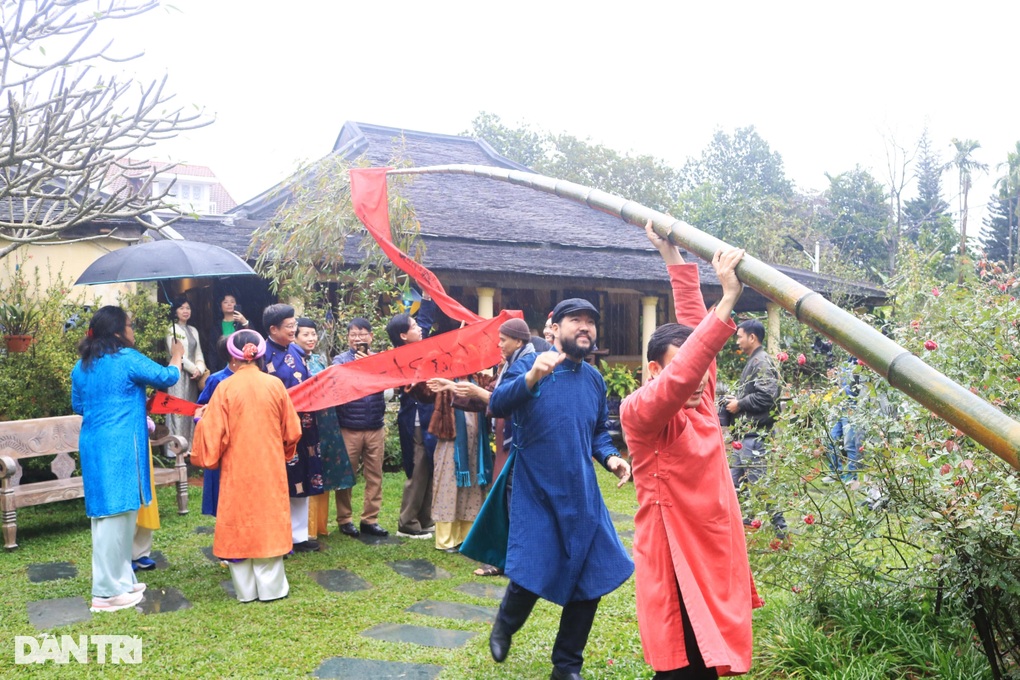 The ceremony of erecting the New Year's pole to welcome the Lunar New Year of the Year of the Snake 2025 at Lan Vien Ancient Temple took place amidst torrential rain (Photo: Vi Thao).
The ceremony of erecting the New Year's pole to welcome the Lunar New Year of the Year of the Snake 2025 at Lan Vien Ancient Temple took place amidst torrential rain (Photo: Vi Thao).
This year's New Year's pole-raising ceremony holds special significance for the female professor, as her children, who live and work abroad, have returned to Hue to celebrate Tet with their mother.
"The image of the New Year's pole has been deeply ingrained in my memory since childhood. That's why, while studying and working abroad, I longed to one day return and erect a New Year's pole in my garden, the place where I was born and raised," Ms. Lan shared.
Professor Thai Kim Lan stated that the pole-raising ceremony, also known as Thuong Tieu, is an ancient custom originating from the lifestyle associated with the agricultural civilization of the Vietnamese people.
When Tet (Vietnamese New Year) arrives, Vietnamese people cut down the tallest bamboo tree in their garden to make a New Year's pole (nêu), which is erected in village temples, pagodas, alleyways, and in front of their houses. The image of the tall New Year's pole symbolizes the joyful news that Tet has arrived, spring has come, the cold has passed, the sun is warm, and flowers are blooming.
"The New Year's pole was perhaps the first New Year's greeting card before the Vietnamese people had paper greeting cards. It was the most vibrant greeting card. On the way back to our hometowns, from afar we could see the New Year's poles swaying in the spring breeze, along with the lively sounds emanating from the bells tied to the tops of the bamboo poles. That scene was truly peaceful and leisurely during the Tet holiday," the female professor explained.
Traditional beauty of the Vietnamese people
Professor and Doctor Thai Kim Lan believes that erecting a ceremonial pole also has another profound meaning, touching upon spirituality. According to legend, in ancient Vietnamese villages, evil spirits like Satan often came to harass and plunder people's possessions. Once, the Buddha intervened, driving away the evil spirits and giving his robe to the villagers, instructing them to hang it on a bamboo pole. When the spirits saw the Buddha's robe, they were frightened and left.
"From then on, the custom of erecting the New Year's pole began with the people's wish for a peaceful, tranquil , and prosperous life," Professor Thai Kim Lan shared.
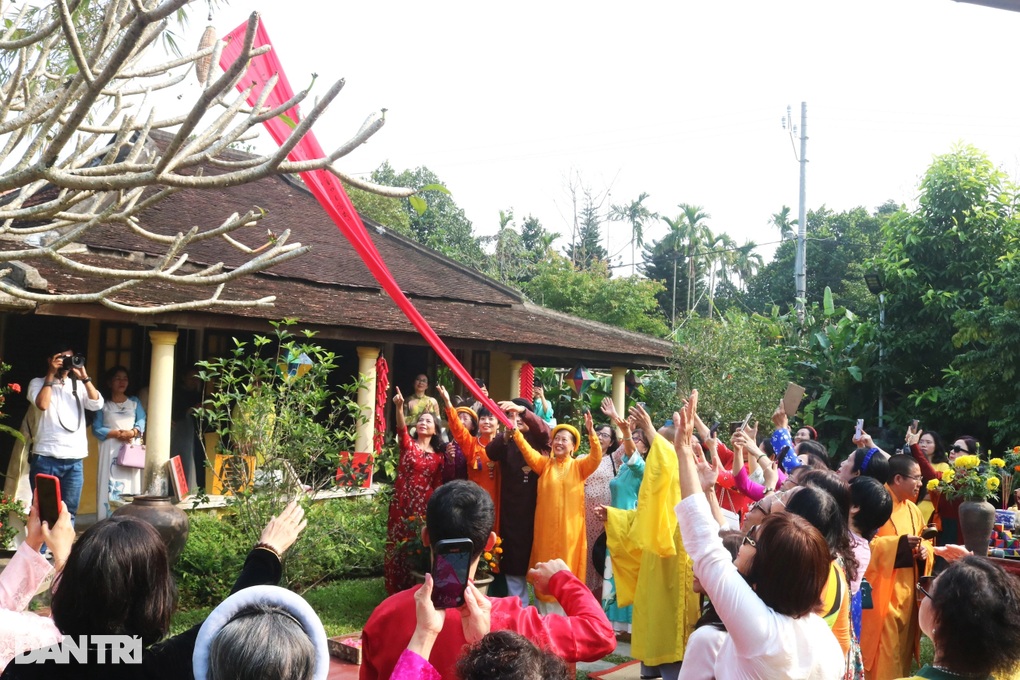 The tradition of erecting the New Year's pole has been maintained by Professor Thai Kim Lan for many years (Photo courtesy of Vi Thao).
The tradition of erecting the New Year's pole has been maintained by Professor Thai Kim Lan for many years (Photo courtesy of Vi Thao).
The female professor added that when erecting the ceremonial pole, people usually perform rituals in the open air to pray for peace, blessings, and prosperity for all households and individuals. In addition, those erecting the pole may write couplets or poems on banners and hang them on the pole before erection, believing they will be protected, safe, and live happily.
Furthermore, the New Year's pole is also a symbol of good fortune, so family members, friends, and relatives will all work together to erect, carve, and display the banner. The New Year's pole symbolizes spring, marking the beginning of a new year with optimism and joy.
Today, the custom of erecting the New Year's pole is still maintained by people in many villages in Hue city. Particularly at the Hue Imperial Citadel, the Nguyen Dynasty's traditional pole-erecting ceremony has been restored, complete with all the rituals. This ceremony takes place on the 23rd day of the 12th lunar month every year, aiming to promote and attract tourists to visit the heritage site.
According to cultural researcher Nguyen Xuan Hoa, former Director of the Department of Culture and Information of Thua Thien Hue province, the New Year's pole-raising ceremony in the Hue Imperial Palace originated from the northern provinces. When performing the ceremony to raise the imperial pole, it is mandatory to have banh chung (square sticky rice cake), while the tradition in Hue is banh tet (cylindrical sticky rice cake).
Professor and Doctor Thai Kim Lan also believes that the custom of erecting a New Year's pole did not originate from the Nguyen dynasty or the royal class, but rather from the people themselves.
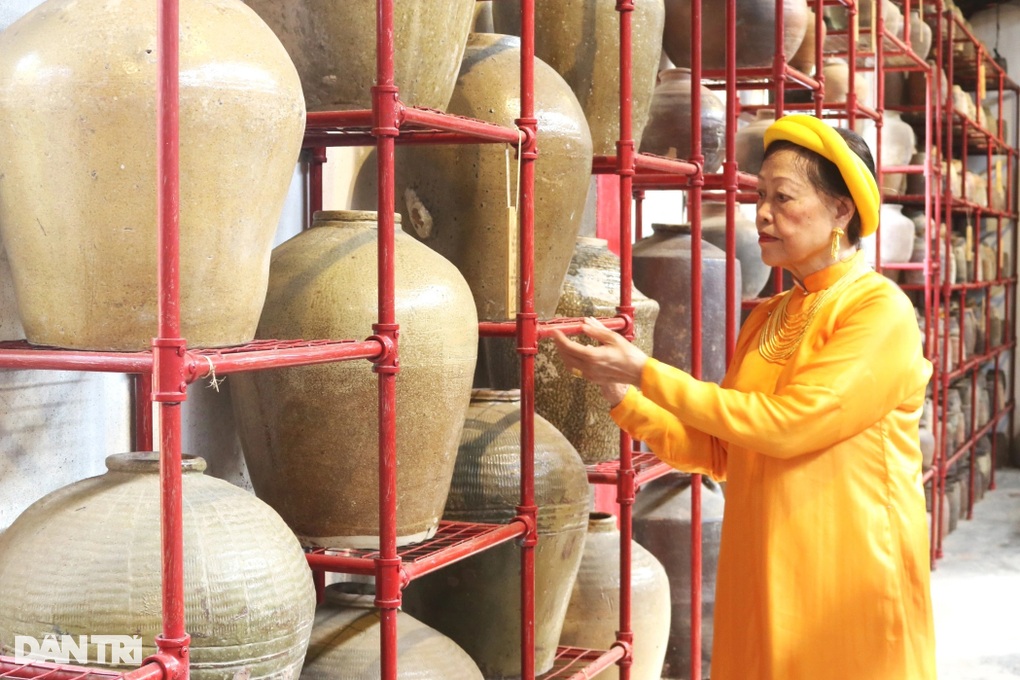 Professor, Dr. Thai Kim Lan is the owner of the Huong River Ancient Ceramics Museum with more than 5,000 artifacts (Photo: Vi Thao).
Professor, Dr. Thai Kim Lan is the owner of the Huong River Ancient Ceramics Museum with more than 5,000 artifacts (Photo: Vi Thao).
According to Dr. Phan Thanh Hai, Director of the Department of Culture and Sports of Hue City, the custom of erecting the New Year's pole is a beautiful tradition of the Vietnamese people. Over the years, Professor and Doctor Thai Kim Lan has been one of the people who have made many contributions to preserving and conserving the traditional cultural values of Hue in particular and Vietnam in general.
Mr. Hai stated that in 2025, Hue officially became a centrally-governed city, the first national heritage city of Vietnam. The Hue city government's stance is to continue preserving and promoting the heritage and culture of Hue. Mr. Hai called on everyone to work together to build and affirm the position of Hue, a land rich in cultural traditions.
Professor and Doctor of Philosophy Thai Kim Lan (84 years old) was born and raised in Kim Long, in a prestigious family of ancient Hue. She went to Germany to study philosophy at Ludwig-Maximilian University, Munich from 1965, and defended her dissertation and graduated with a doctorate in 1976.
She lived and worked in Munich until 2007 as a lecturer in comparative philosophy.
In 2022, Professor Thai Kim Lan established the Perfume River Ancient Pottery Museum, located in the Lan Vien Co Tich garden area at 120 Nguyen Phuc Nguyen Street, Phu Xuan District, Hue City. This museum houses over 5,000 artifacts, mostly ancient pottery salvaged from the bottom of the Perfume River, dating from various periods including Cham pottery, Sa Huynh pottery, Prehistoric, Early Historic, and Early Le Dynasty pottery.
Dantri.com.vn








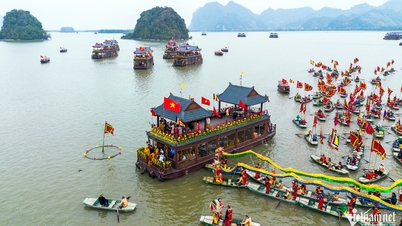




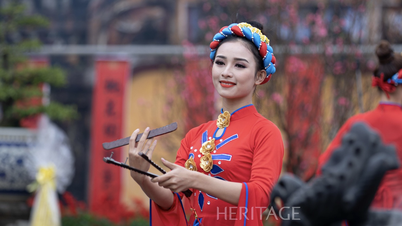









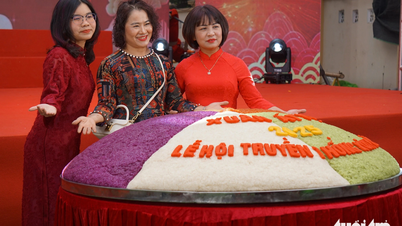






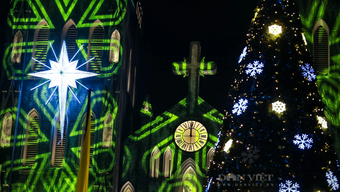
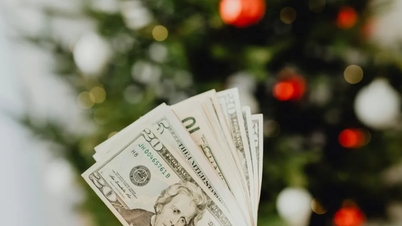
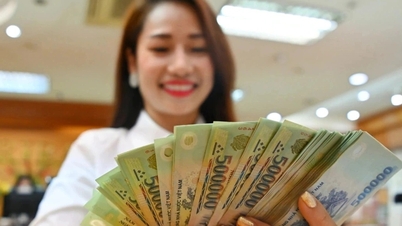




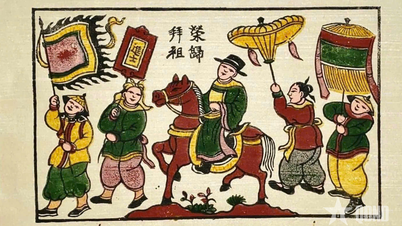

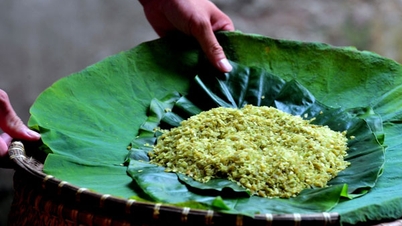

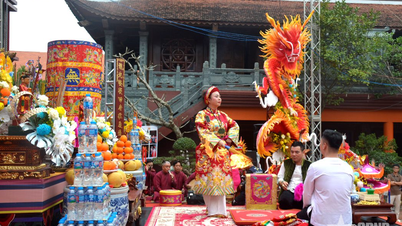









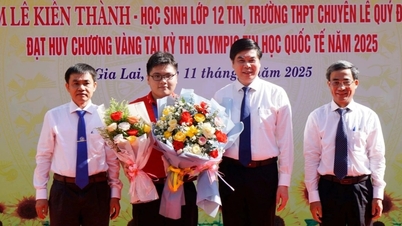

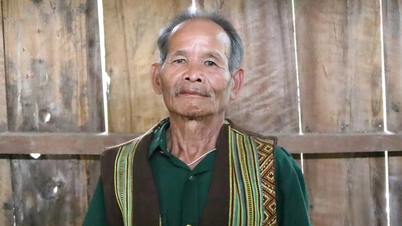

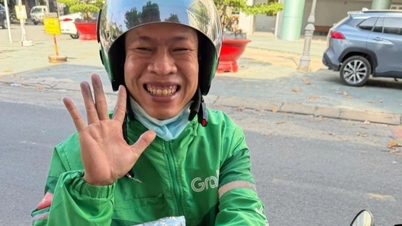


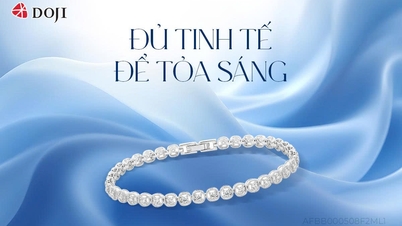

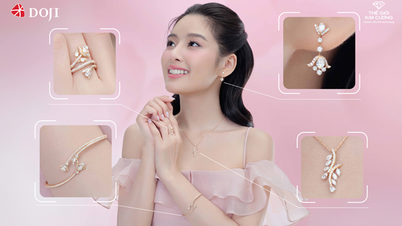

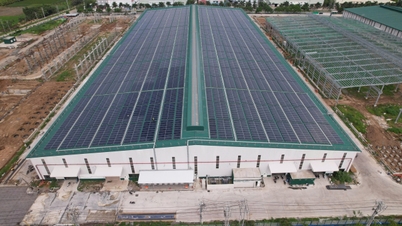

















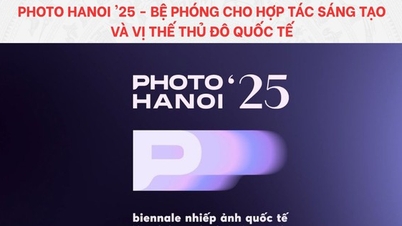


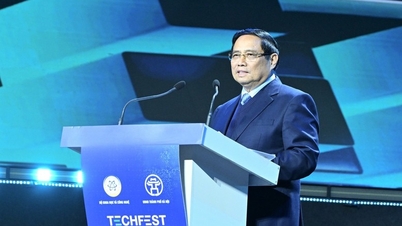










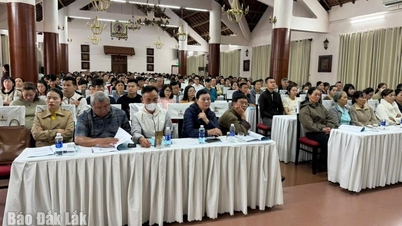










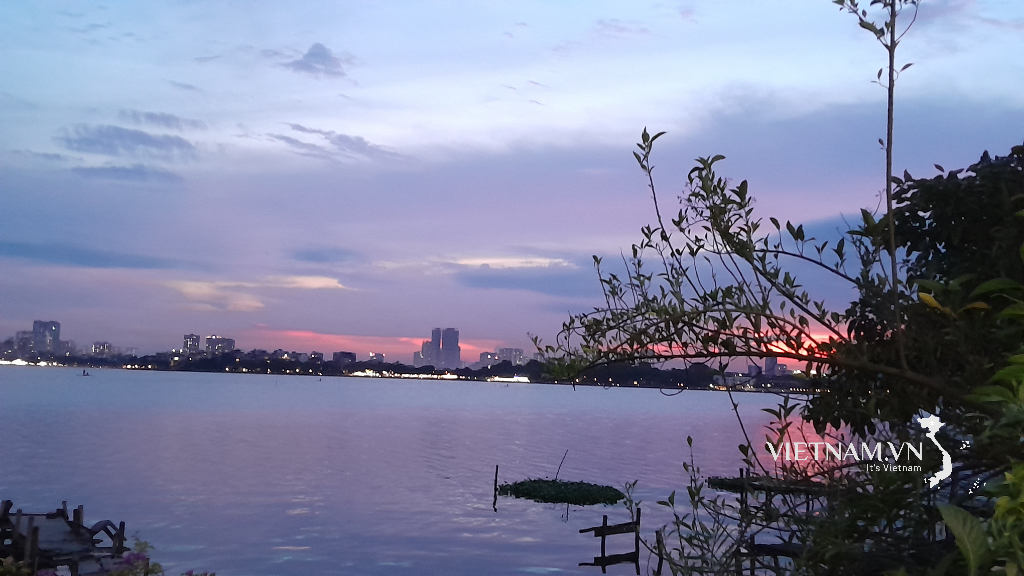


Comment (0)